Disclosure: This article contains affiliate links. We may earn a commission from purchases at no extra cost to you, which helps our travel content.
The humid air of Bangkok envelops me like an old friend as I step out of my mid-range hotel near Sukhumvit. It's been three years since my last visit, and I'm eager to reacquaint myself with this metropolis where ancient traditions and hyper-modernity coexist in fascinating tension. As an anthropologist who has spent decades studying material culture and artisanal traditions, Bangkok represents a particularly compelling case study—a place where shopping transcends mere consumption to become a window into Thailand's evolving cultural identity. From air-conditioned mega-malls showcasing global luxury to labyrinthine markets where vintage treasures await discovery, Bangkok offers an unparalleled spectrum of retail experiences. This weekend expedition isn't merely about acquisition; it's field research into how commerce, craftsmanship, and cultural heritage intersect in one of Southeast Asia's most dynamic capitals.
Navigating Bangkok's Retail Geography
Bangkok's shopping landscape reflects its complex urban development—layers of history, influence, and aspiration mapped across the city. Understanding this geography is essential for the discerning visitor with limited time.
The central Siam district forms the commercial heart of modern Bangkok, where interconnected malls like Siam Paragon, CentralWorld, and Siam Discovery form a climate-controlled retail ecosystem. These spaces aren't merely shopping destinations but social laboratories where Thailand's urban middle class performs modernity through consumption practices that would fascinate any cultural observer.
Venture eastward to the Sukhumvit corridor, and you'll find a more cosmopolitan atmosphere catering to expatriates and international visitors. Here, Terminal 21 mall cleverly reinterprets the airport terminal concept with each floor themed after different world cities—a spatial manifestation of Thailand's globalized aspirations.
Cross the river to Thonburi, and the commercial landscape transforms dramatically. Here, neighborhood markets operate much as they have for generations, with minimal concession to tourism. During my doctoral research on textile traditions, I found these less-trafficked areas provided more authentic glimpses into everyday Thai material culture.
For navigation between these disparate shopping zones, I've found Bangkok's elevated BTS Skytrain system invaluable. To avoid the frequent phone recharging dilemma while mapping routes between markets, I always carry my portable charger. It's slim enough to slip into even a small market bag yet powerful enough to keep your navigation tools functioning throughout a full day of retail exploration.

💡 Pro Tips
- Purchase a multi-day BTS Skytrain pass to save money when hopping between shopping districts
- Shop in air-conditioned malls during midday heat (11am-2pm), saving outdoor markets for mornings or evenings
- Most mall food courts require purchasing a stored-value card—keep one and reload it throughout your stay
Luxury Retail as Cultural Performance
Bangkok's luxury malls represent far more than shopping venues—they function as climate-controlled urban theaters where complex social performances unfold daily. As an anthropologist, I find these spaces fascinating for observing how Thai society negotiates global influences while maintaining distinct cultural patterns.
Siam Paragon stands as perhaps the most emblematic of these spaces. Its marble-floored atrium hosts rotating cultural exhibitions that often juxtapose traditional Thai artistry with contemporary global design—a visual dialogue between local heritage and international luxury. During my visit, an exhibition of hand-woven Thai silk was displayed alongside Italian leather goods, creating an intriguing commentary on craftsmanship across cultures.
The EmQuartier complex in Sukhumvit presents another interpretation of luxury retail. Its spiral outdoor garden and waterfall feature integrate Thailand's tropical environment into a high-end shopping experience. This architectural choice reflects a distinctly Southeast Asian approach to luxury that acknowledges the region's natural abundance.
What particularly interests me is how these spaces serve as sites of aspiration and social signaling. Young Thai professionals gather in mall cafés with shopping bags strategically positioned for Instagram photos—a contemporary ritual of status communication that would have fascinated early anthropological theorists like Veblen with his concepts of conspicuous consumption.
For the visitor, these malls offer more than shopping—they provide climate-controlled respite from Bangkok's heat while offering cultural insights through observation. I often spend an afternoon at a strategically placed café, my travel journal open beside me, documenting the fascinating social choreography unfolding across these commercial spaces.
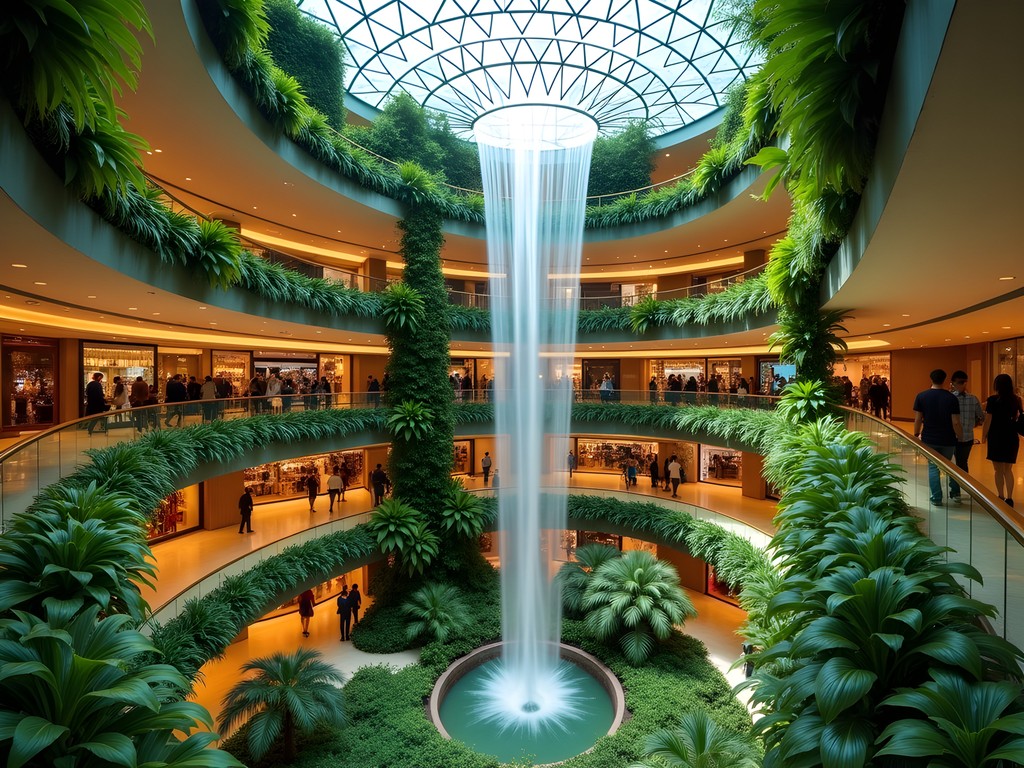
💡 Pro Tips
- Visit IconSiam for its spectacular riverside location and traditional Thai floating market recreation on the ground floor
- The upper floors of most luxury malls house more affordable local designer boutiques worth exploring
- Many malls offer tourist discount cards at information counters—always ask before beginning your shopping
Chatuchak Weekend Market: Organized Chaos
No shopping expedition to Bangkok would be complete without navigating the legendary Chatuchak Weekend Market—a sprawling 35-acre retail labyrinth that hosts more than 15,000 stalls. Having visited markets worldwide for both research and personal exploration, I can confidently assert that Chatuchak represents one of the most fascinating commercial spaces globally.
What distinguishes Chatuchak from other large markets is its surprising degree of organization beneath apparent chaos. The market is divided into 27 sections, each dedicated to specific merchandise categories—from ceramics and antiques to home décor and fashion. This organizational principle reflects traditional Thai market structures I've documented throughout the country's rural provinces.
During my doctoral research on textile traditions, I spent countless hours in Section 8, where fabric vendors display everything from mass-produced synthetics to hand-woven hill tribe textiles. For the discerning eye, this section offers extraordinary examples of traditional craftsmanship, though authentication requires some expertise. I've developed relationships with several vendors over my repeated visits, including Khun Malee, whose family has maintained weaving traditions for four generations.
The market's sensory immersion can overwhelm first-time visitors. By mid-morning, the narrow walkways fill with shoppers, temperatures rise despite ceiling fans, and the mingled aromas of street food, incense, and humanity create a distinctive olfactory experience. I recommend wearing breathable natural fabrics and carrying a crossbody bag that keeps your essentials secure while leaving hands free for examining merchandise.
From an anthropological perspective, Chatuchak offers a microcosm of Thailand's informal economy—a space where traditional commerce persists within the megacity's otherwise increasingly corporatized retail landscape. The social dynamics of bargaining, the kinship networks evident among vendors, and the material culture on display provide rich data for understanding contemporary Thai society.
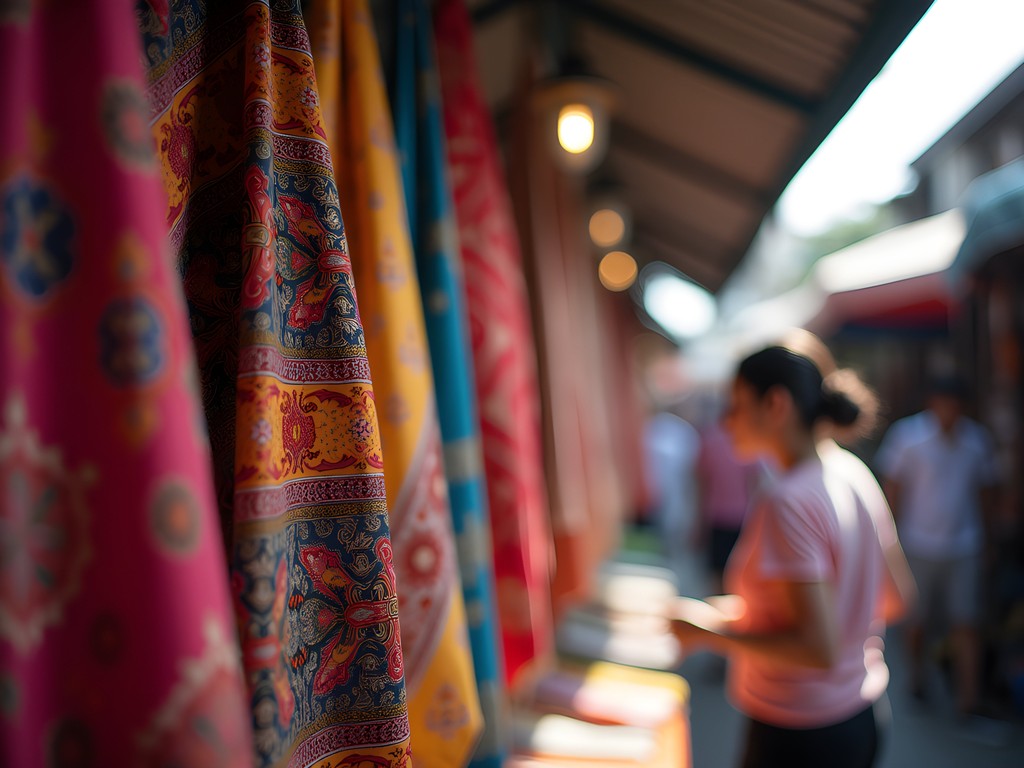
💡 Pro Tips
- Arrive early (before 9am) to beat both crowds and heat, especially if seeking antiques or vintage items
- Section 26 and 27 house the most interesting artisan crafts and handmade goods
- Photograph items before beginning price negotiations, then put your camera away during the actual bargaining process
Vintage Hunting in Talad Rot Fai
While Bangkok's reputation for ultramodern malls and traditional markets is well-established, the city's vintage scene remains relatively undiscovered by international visitors. For those seeking unique second-hand treasures, Talad Rot Fai (Train Market) represents an extraordinary resource that I've documented extensively during my research on material culture circulation in Southeast Asia.
The market's original Chatuchak location has since relocated, with the most accessible version now situated behind Seacon Square mall in the eastern suburbs. Despite this commercialization, Talad Rot Fai maintains its distinctive character as a haven for vintage enthusiasts and collectors.
What distinguishes this night market is its focus on mid-century objects that reflect Thailand's complex relationship with American culture during the Vietnam War era. Vintage Americana abounds—from 1950s diner signage to military surplus and rockabilly fashion. This material assemblage tells a fascinating story about Thailand's position within Cold War geopolitics and the subsequent cultural influences that shaped its modern identity.
During my most recent visit, I spent hours examining collections of mid-century Thai movie posters that blend Hollywood visual language with distinctly Thai artistic sensibilities. These ephemeral artifacts provide valuable insights into how global media was reinterpreted through local aesthetic frameworks—a perfect example of cultural hybridization that would merit academic publication.
For serious vintage shopping, I recommend bringing a portable luggage scale to avoid airport surprises when your suitcase inevitably fills with unique finds. The market's vast selection of vintage clothing, housewares, and collectibles makes weight management a genuine concern for enthusiastic shoppers.
Beyond shopping, Talad Rot Fai functions as an informal museum of Thailand's recent material past—a curated collection maintained not by academic institutions but by passionate collectors and entrepreneurs. For the anthropologically minded traveler, these displays offer insights into Thailand's rapid modernization and its complex negotiation with global consumer culture.
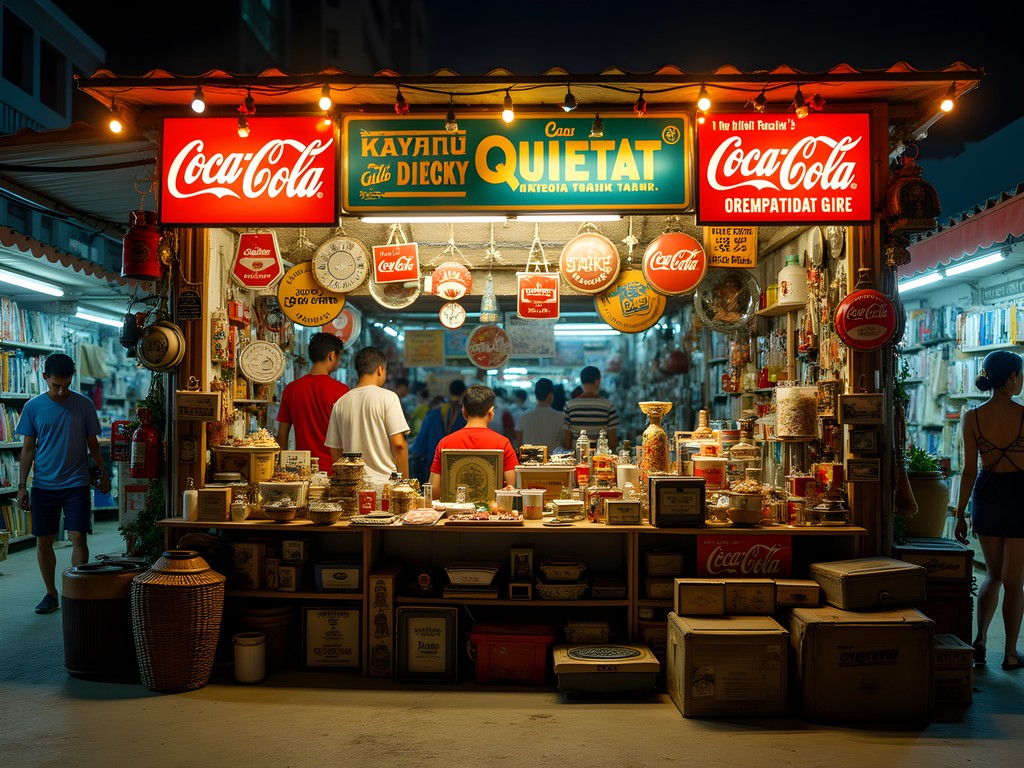
💡 Pro Tips
- Bring cash as many vintage vendors don't accept cards, especially for smaller purchases
- Visit on Thursday night rather than weekend evenings for a less crowded experience
- Look for the warehouse zone at the back of the market for the most serious vintage collections and antiques
Ethical Shopping: Supporting Artisan Communities
My professional work has long focused on creating sustainable connections between artisan communities and conscious consumers. Bangkok offers several exceptional venues where visitors can support traditional craftsmanship while acquiring meaningful souvenirs that transcend typical tourist trinkets.
The SUPPORT Foundation shops, an initiative of the late Queen Sirikit, represent Thailand's most significant effort to preserve traditional craft knowledge. Their flagship store in the Chitralada Palace compound showcases extraordinary examples of Thai silk weaving, basketry, lacquerware, and other heritage crafts. Each item includes documentation about its production region and the artisans involved—information I find essential for ethical consumption.
For contemporary interpretations of traditional techniques, I recommend Bangkok CRAFT, a cooperative representing over 20 rural artisan groups. Their Sukhumvit location displays how traditional skills can adapt to contemporary design sensibilities without sacrificing cultural integrity. During my last visit, I purchased a handwoven cotton jacket that ingeniously incorporates indigo-dyed patterns from Thailand's northeastern Isan region into a modern silhouette.
These enterprises represent what anthropologists call 'cultural brokerage'—organizations that bridge traditional production contexts with contemporary markets. Their success demonstrates how thoughtful intervention can help traditional craftsmanship remain economically viable amid rapid modernization.
When purchasing textiles or other sensitive items that might be affected by Thailand's humidity, I always pack a packing cube set with silica gel packets. This simple preparation helps protect handcrafted treasures during transit back to Canada's drastically different climate.
For the ethically minded shopper, these venues offer an alternative narrative to Bangkok's consumption culture—one that values skilled human labor, cultural continuity, and environmental sustainability. The prices reflect fair compensation for artisanal work rather than the artificially deflated costs of mass production, representing what I consider a necessary recalibration of our value systems around material goods.
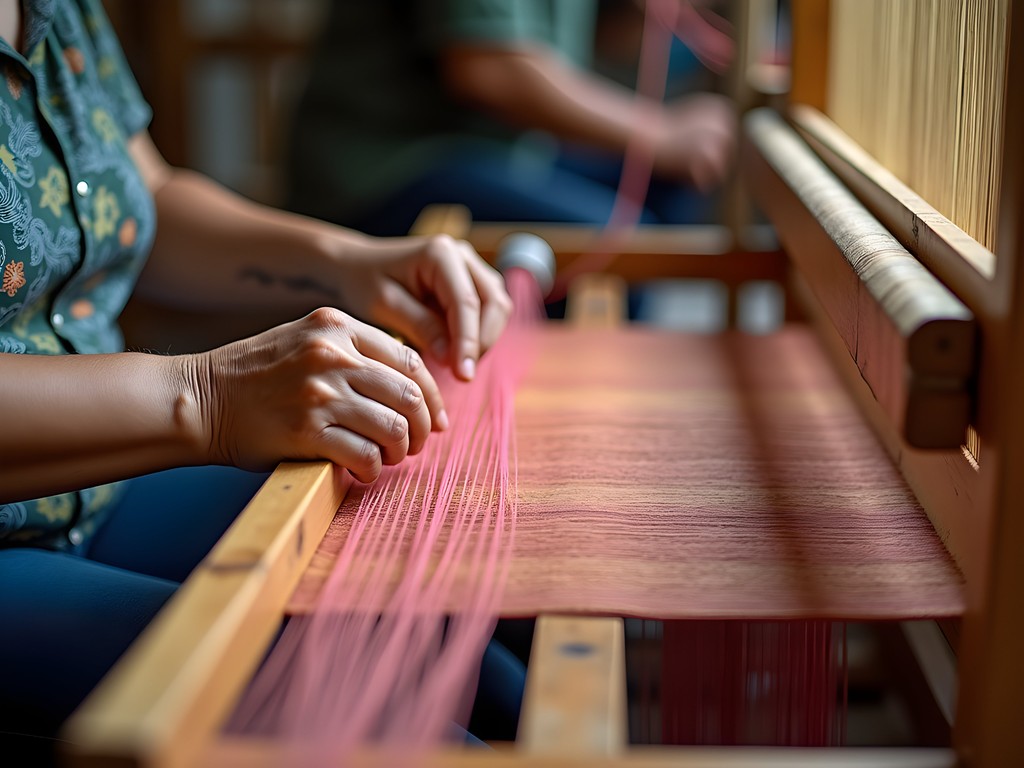
💡 Pro Tips
- Request certificates of authenticity when purchasing significant artisanal pieces—reputable vendors will provide them
- Visit the Silom Village Trade Center for demonstrations of traditional craft techniques alongside retail opportunities
- Consider shipping larger craft purchases home directly from Bangkok's reliable postal service to avoid luggage constraints
Final Thoughts
As my Bangkok shopping expedition concludes, I find myself reflecting on how commerce functions as a lens through which to understand Thailand's complex cultural negotiations. From luxury malls that perform modernity to vintage markets that preserve material history, Bangkok's retail landscape offers extraordinary insights for the anthropologically minded traveler. Beyond the acquisitions in my suitcase—a hand-woven textile from Chatuchak, mid-century Thai movie magazines from Talad Rot Fai, and contemporary artisan-made jewelry from Bangkok CRAFT—I carry away deeper understandings of how Thai society navigates between tradition and innovation, local identity and global influence. For visitors willing to approach shopping as cultural exploration rather than mere consumption, Bangkok rewards with experiences that transcend the transactional to become truly transformative. I encourage you to venture beyond the obvious, ask questions about provenance, and consider the human stories behind the objects you acquire. In doing so, shopping becomes not just acquisition but a form of respectful cultural engagement.
✨ Key Takeaways
- Bangkok's shopping landscape reflects Thailand's complex negotiation between tradition and modernity
- Ethical shopping opportunities abound for those seeking authentic connections with Thai craftsmanship
- Looking beyond obvious retail venues reveals Bangkok's fascinating material culture and history
- Shopping mindfully turns consumption into meaningful cultural exchange
📋 Practical Information
Best Time to Visit
year-round, though November-February offers more comfortable temperatures
Budget Estimate
$50-100 USD daily for mid-range shopping experiences
Recommended Duration
minimum 2-3 days
Difficulty Level
Beginner
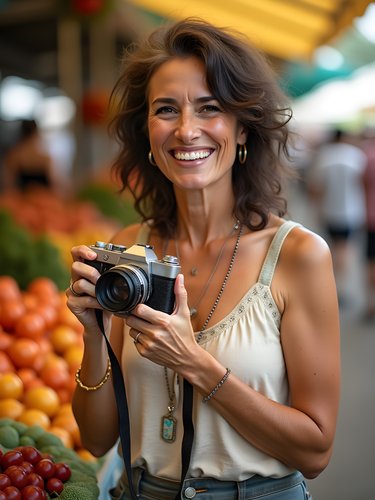
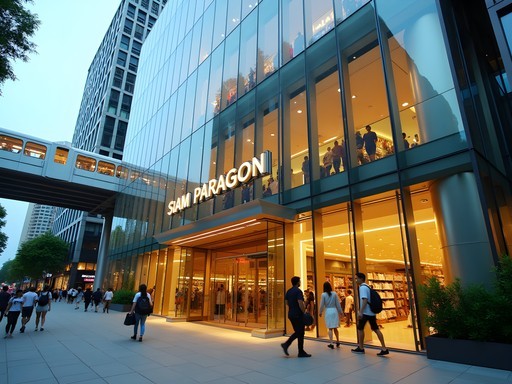

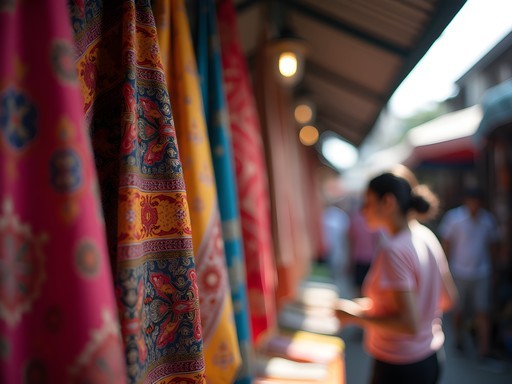
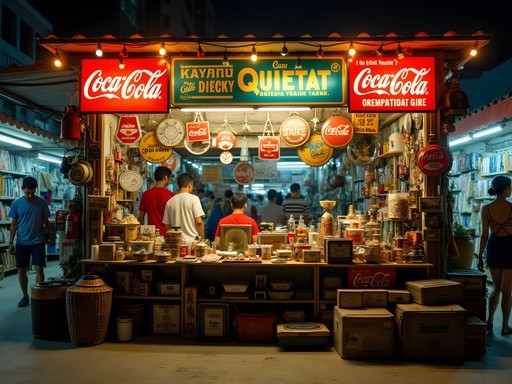



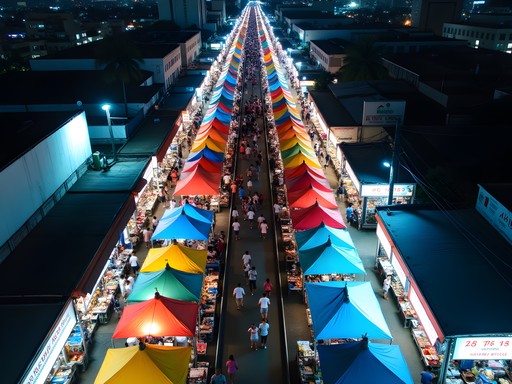


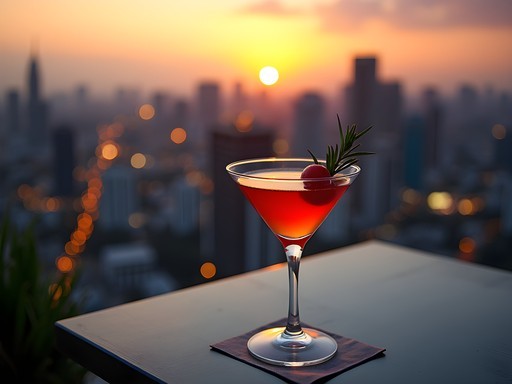


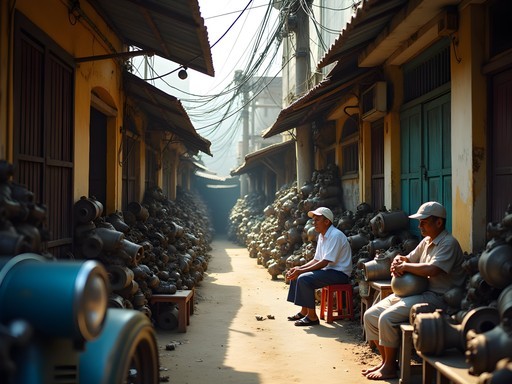
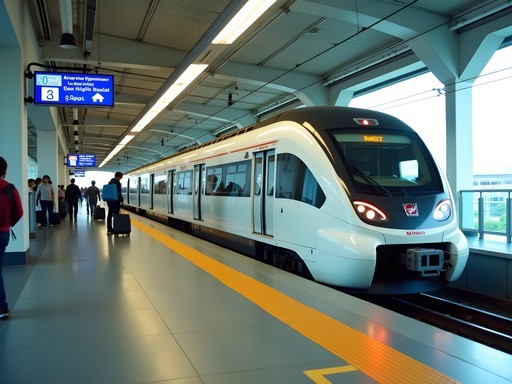
Comments
NomadNancy
The contrast between those luxury malls and local markets is what makes Bangkok so special!
moondiver
Anyone know if the vintage market is open on weekdays or just weekends? Planning my itinerary now.
islandfan
Talad Rot Fai is weekends only, at least the main one was when I went.
Samantha Hughes
There are actually three Talad Rot Fai locations now! The Srinakarin one (original and largest) is Thursday-Sunday, Ratchada is Tuesday-Sunday, and the Cultural Center location is Wednesday-Sunday. The Srinakarin one has the best vintage selection by far!
islandking
Just got back from Bangkok and can TOTALLY vouch for your Chatuchak tips! Map is essential! We found this incredible section with handmade soaps and essential oils that wasn't in any guidebook. Also discovered that if you go early (like 9am opening) you beat both the crowds AND the worst of the heat. The coconut ice cream vendors saved my life when it got hot! Pro tip: the north side has more unique artisan goods while the center sections are more commercial.
FirstTimeBKK
I really like your photo of the vintage section at Talad Rot Fai! Which night is best to visit?
SamanthaHughes
Thank you! It's open Thursday-Sunday, but Saturday tends to have the most vendors and the best energy!
wanderlustmood
OMG your photos of the vintage section at Talad Rot Fai are AMAZING!! I'm obsessed with finding unique pieces when traveling. Did you see many tourists there or is it still mostly locals? Can't wait to visit in December!!! 😍😍😍
Samantha Hughes
It's still mainly locals with some expats, but tourism is definitely increasing. December should be perfect weather-wise too!
hikingseeker
How aggressive are the vendors with bargaining? I'm not great at haggling and get intimidated easily.
islandking
Don't worry about it! Most vendors expect bargaining but they're not aggressive. Start at 60-70% of asking price and meet in the middle. Smile and be polite - it's almost like a game. If you're uncomfortable, the luxury malls have fixed prices. Markets are where the real fun is though!
TravelWithMike
Just got back from Bangkok and used your blog as a guide - thank you! One thing I'd add about Chatuchak: go EARLY. We arrived at 9am on Saturday and it was manageable, but by noon it was packed. Also found that section 26-28 had the best vintage stuff, while the center areas were more touristy. My wife was overwhelmed by the heat so we took frequent breaks at the little cafes scattered throughout. I tracked our walking with my fitness tracker and we hit 22,000 steps just at the market!
globelegend
The early arrival tip is gold! Also helps with the heat.
Megan Martin
Great comprehensive guide, Samantha! As someone who travels to Bangkok quarterly for business, I'd add that the luxury malls offer excellent tax refund services for tourists. Just ask for the VAT refund form when purchasing and visit the counter before leaving Thailand. For those visiting during the hot season (March-May), the air-conditioned walkways connecting Siam Paragon, CentralWorld and EmQuartier are lifesavers. I always carry my compact travel guide which has excellent mall maps and BTS routes.
Bryce Diaz
Talad Rot Fai was my unexpected highlight when I was in Bangkok last winter. I stumbled across it while escaping the more touristy areas. Ended up spending four hours there and left with a vintage Thai movie poster from the 70s that now hangs in my home office. The trick is to go around 7pm when it's just getting lively but before the crowds get too thick. I found the vendors more willing to bargain then too. Did you try any of the food stalls at the back section? There was this one place serving crab omelettes that changed my life!
wanderstar
How's the transportation to Talad Rot Fai? Is it easy to reach by BTS or should I just grab a taxi?
Bryce Diaz
I used Grab (Southeast Asian Uber) and it was pretty reasonable. BTS doesn't go all the way there. If you're comfortable with it, motorcycle taxis are even faster through the traffic!
islandfan
Those night markets look amazing! Adding to my list for next month.
Venture X
Premium card with 2X miles, $300 travel credit, Priority Pass